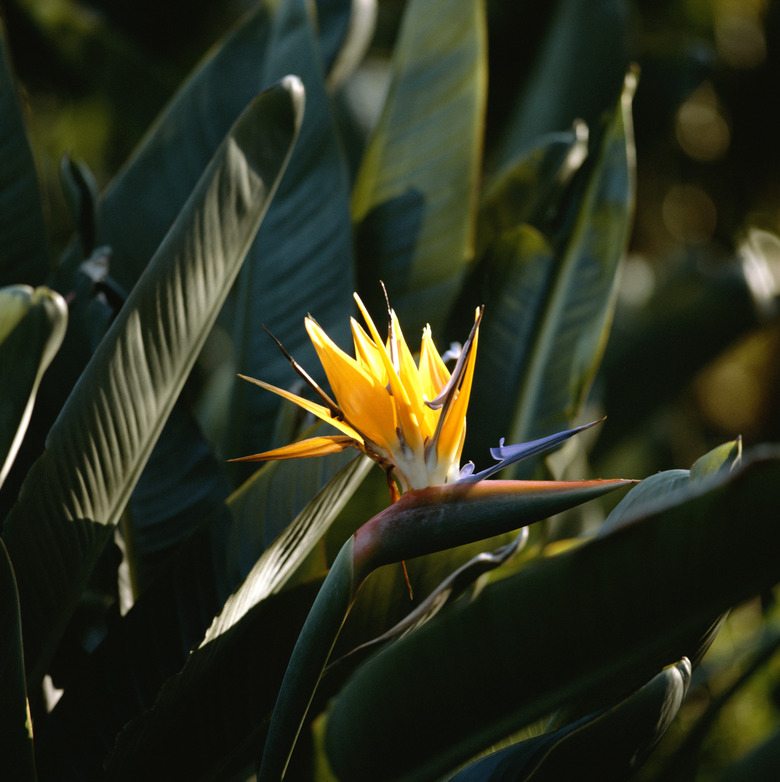How To Trim Dead Leaves On A Bird Of Paradise
Step 1
Grasp the top of the dried, tan dead leaf with one hand and trace it down the stem to its point of origin at the base of the plant. Gently tug at the base of the dead leaf to determine how tightly it attaches to the plant. Sometimes a dead leaf may be jostled loose without pruning.
Step 2
Cut the dead leaf off with a bypass/hand pruners. Insert the pruners blades around the stem as low as possible, just above its attachment to the plant base.
Step 3
Discard the dead leaf into the compost pile or rubbish bin. Prune out up any dead leaf or old flower debris from the center of the bird-or-paradise. This decreases chances of any fungal diseases proliferating. Old, tan-colored leaf bases may jostle loose after they have dried over several months. Do not vigorously tug any part of the plant to remove plant parts, however. You may snap or twist off healthy leaves or flower stems in the process.
Step 4
- Grasp the top of the dried, tan dead leaf with one hand and trace it down the stem to its point of origin at the base of the plant.
- Insert the pruners blades around the stem as low as possible, just above its attachment to the plant base.
References
- "The Tropical Look"; Robert Lee Riffle; 1998
